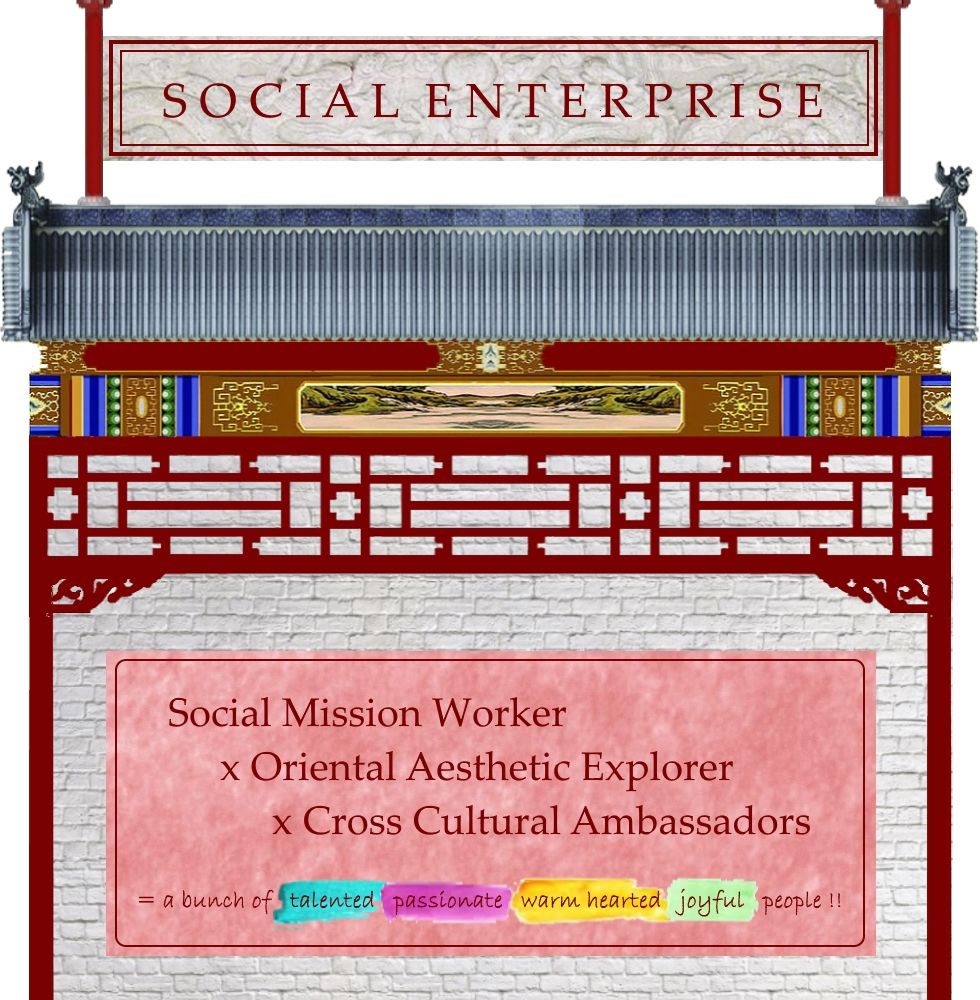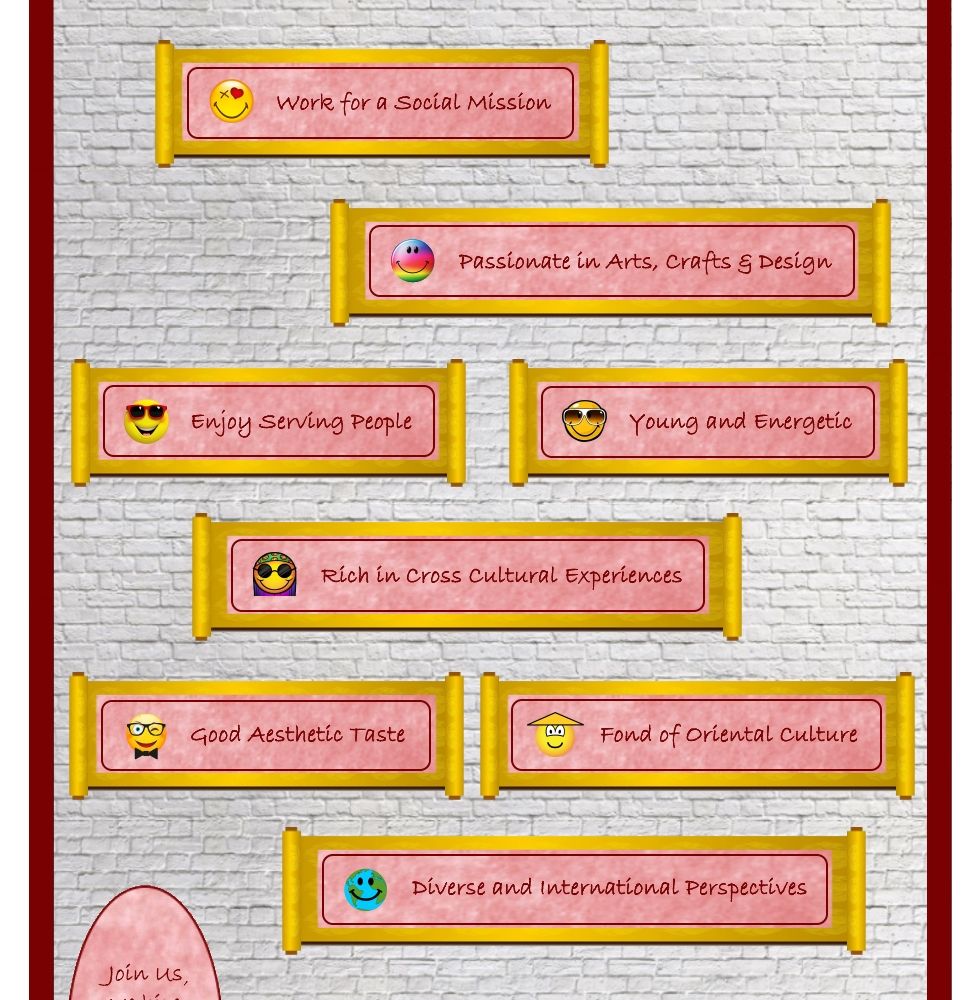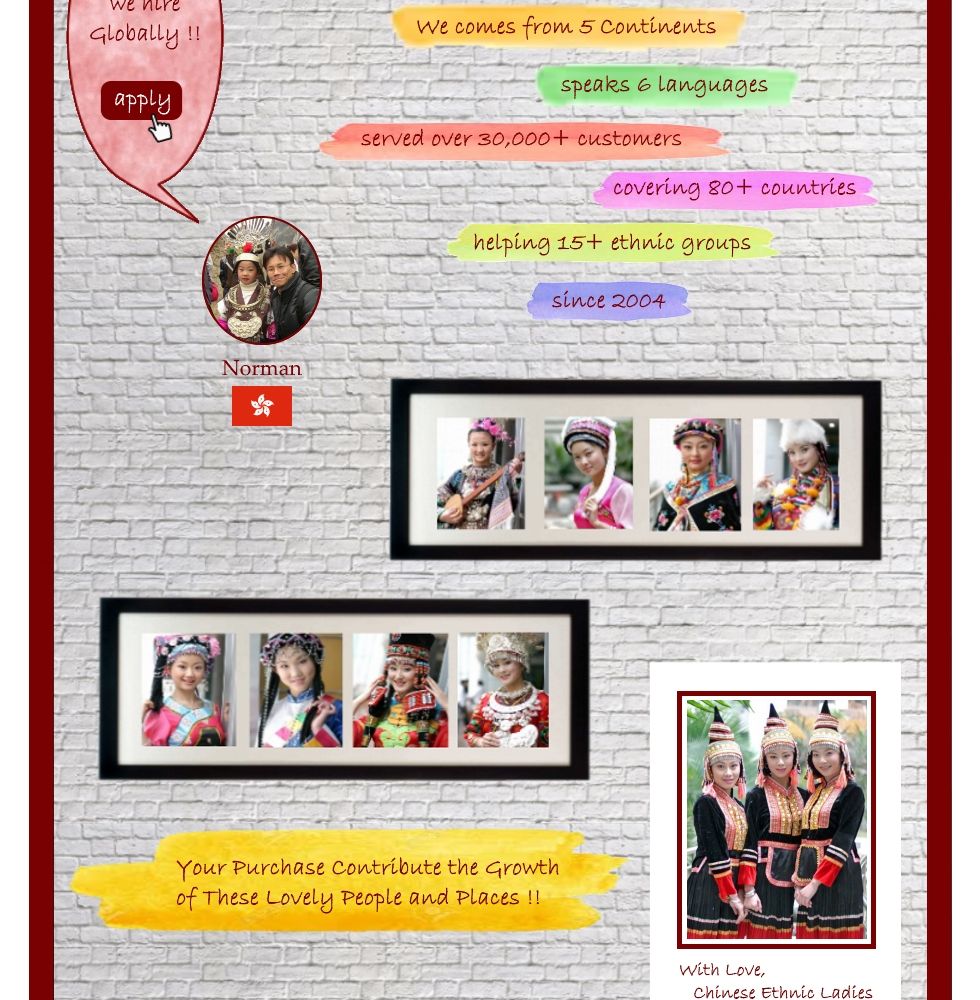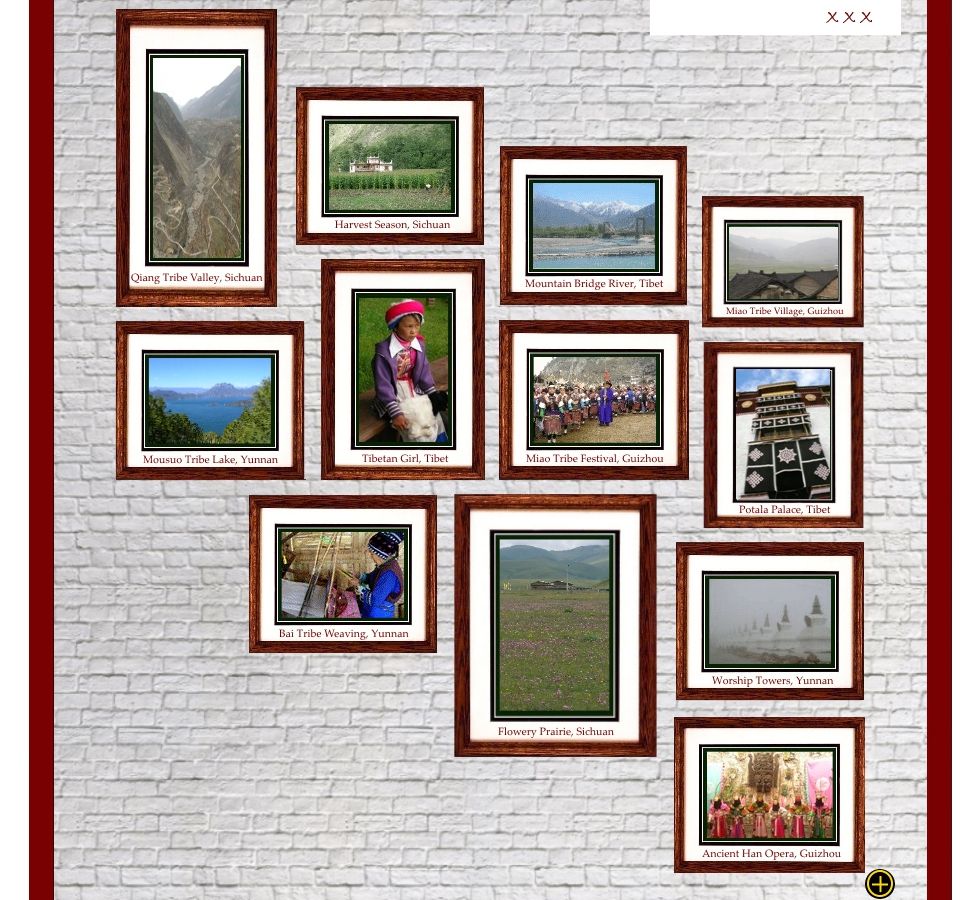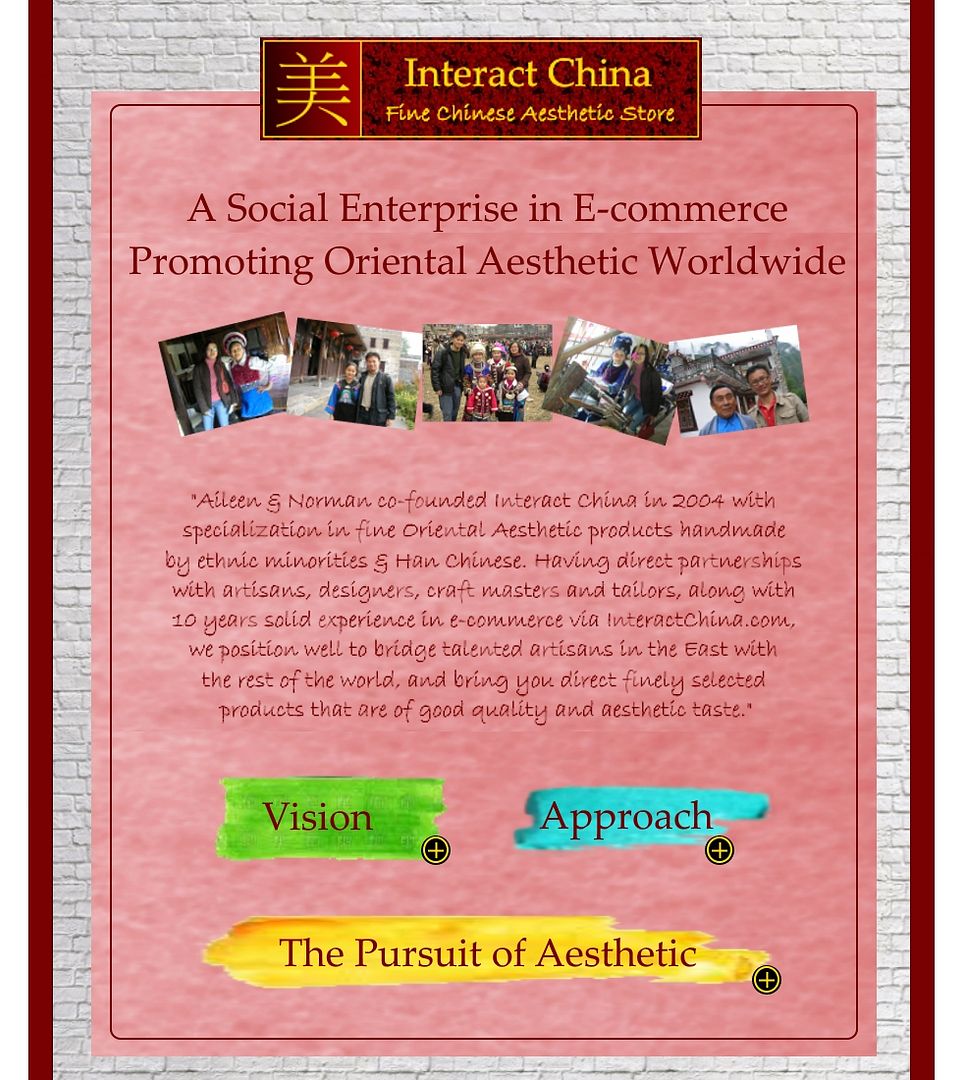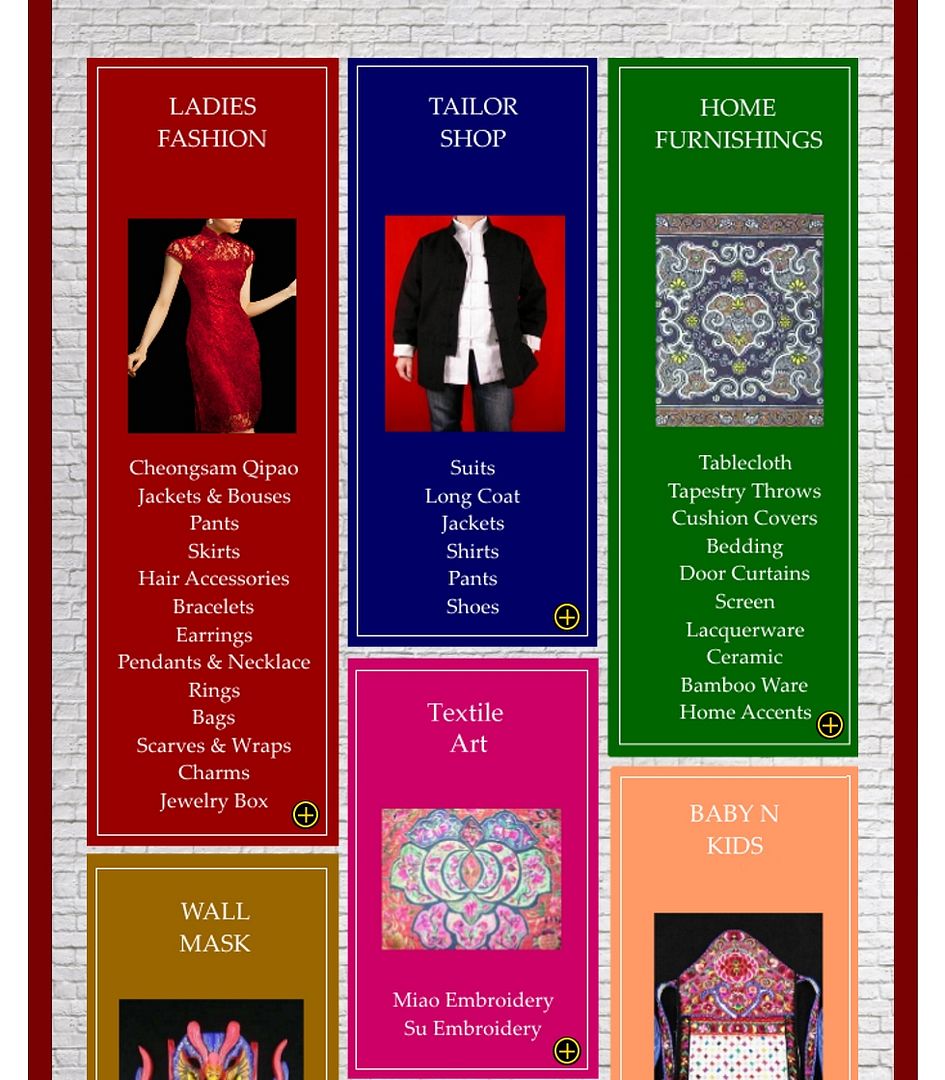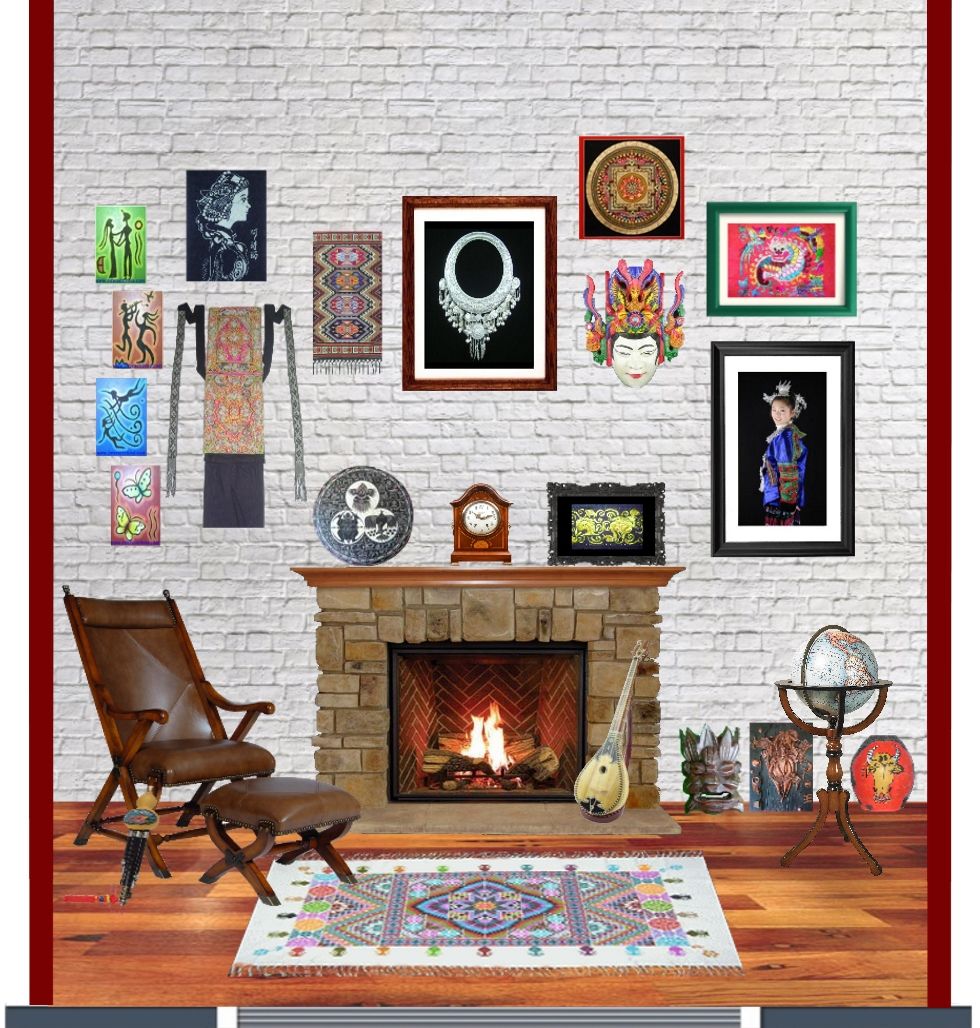Culture insider: 10 types of residential houses across China
8th Jun 2017
With a vast land area and various ethnic groups, China has many different geographical and weather conditions along with a wide variety of life styles. Therefore it is of no surprise that residence designs change from province to province. Among the different styles, there are some that are representative of special places depending on geographical conditions or even ethnic groups.
In this collection, you can have a glimpse of the most stunning folk residences in China.
1.Siheyuan: Traditional Chinese courtyard house

Siheyuan is Beijing‘s traditional courtyard-style residence. It is called siheyuan because the houses in it are constructed in such a way that the main house, the wing house and the house facing the main house are connected with walls and the whole complex creates an enclosed square courtyard. It has been served hundred years since this kind of architectural form first took shape. [Photo/CFP]
2.Yaodong – Cave dwellings on Loess Plateau

Cave dwellings are found all over Northern China including Shanxi, Gansu, Shaanxi and Henan provinces along the Loess Plateau. Having selected a good place, local people would dig a large pit and dig caves at the four sides, a tunnel leading to the ground at one side and a well in the center of the pit and build low walls at the four sides. The courtyard cave dwelling is warm in winter, cool in summer along with being both rain and fireproof. The pits of different families sit close to each other.
3.Tulou: Ancient earthen castles of China

Centuries ago, waves of Han emigrants fled south to avoid natural disasters and social unrest in northern China. They settled in the mountains of Fujian and parts of Jiangxi and Guangdong provinces. They called themselves “Kejia,” or guests, and built fortress-like tulou for protection. Within their sturdy walls, the people became self-sufficient and somewhat isolated. If enemies come, the tulou will be strong fortress once the gate is locked. A tulou can accommodate as many as 200 to 800 people. [Photo/CFP]
4.Boat-shaped house: Residential dwellings of the Li people in Hainan province

Boat-shaped homes, also called “boat-shaped thatched cottages” are the traditional residential dwellings of the Li people in Hainan province. Although the decoration and modification of the houses may be different, their general shape is that of an inverted boat. With fences woven with coconut, bamboo and mango leaves and roofs made of thatches, coconut and sunflower leaves, the crude materials needed for the boat-shaped houses were readily available. The houses provide shelter from rain and wind, and protect its inhabitants from wild animals. The structure and shape of the houses can withstand the powerful sun, typhoons and storms.
5.Mongolian Yurt: Portable house of nomads

The Mongolian Yurt, called “a vaulted tent” or “felt tent” in ancient times, is a domed pealed tent. The frame of the yurt is a supporting ring, formed by some wooden poles. The yurt’s frame is covered with thick felt fastened from outside with ropes. Every yurt has an opening on the top, which provides both light and ventilation, and a wooden door facing south or southeast. The convenient design suits the mobility of the Mongolian people who live on grazing. As more and more Mongolians settle down, yurts are decreasing in number.
6.Diaolou: Castle-like tower

A watchtower, or “Diaolou” built by the Qiang people in Sichuan province. Between 10 and 30 meters high, the watchtowers were normally built beside lower houses. The Qiang ancestors built them to store grain and offer shelter during wars. While in Kaiping city of Guangdong province, about 1,800 castle-like towers dot the landscape. Some of the towers date to the Ming dynasty. Others were constructed in the early 20th century and bear obvious Western influences. They received a UNESCO World Heritage Site listing in 2007.
7.Diaojiaolou: Stilted houses entirely made of woods

Diaojiaolou, or stilted houses, are special residences for Tujia, Miao, Buyi and Dong ethnic groups in Hunan, Guizhou, Guangxi and other regions. Sitting high above ground, the design is meant to avoid insects and animals.
8.Tuzhangfang: traditional residential building of the Yi ethnic group

Tuzhangfang, or earthen homes of the Yi ethnic group, look like Tibetan stone-houses but their walls are made of earth beaten hard while under construction. Its flat roof is also used for drying items. Most of these houses are found in central and southeast Yunnan. The house in the photo consists of three to five rooms. The central room has a fire-pit and is the gathering spot both for family members and guests.
9.Bamboo building: Tropical loft in the rainforests

The bamboo building of the Dai ethnic group is the stilt style building that takes bamboo as the main construction material. The buildings of this kind are mainly distributed in Yunnan province. The stilt style building is conducive for avoiding insects, snakes and beasts; they are also damp-proof and well ventilated. Besides, the empty room below can be used as a store house or for poultry homes.
10.Water town: House of dreams for all

Zhouzhuang near Suzhou in Jiangsu province is one of the few places where one can experience the life of a typical Chinese water town. The traditional residences in the town, mostly built in the Ming and Qing dynasties (1644-1911), flank the winding waterways. Many of them are well-kept and have preserved their original appearances, with white walls and black-tiled roofs.
(source:http://europe.chinadaily.com.cn/culture/2014-06/23/content_17609009_10.htm)
About Interact China
“A Social Enterprise in E-commerce Promoting Oriental Aesthetic Worldwide”
Aileen & Norman co-founded Interact China in 2004 with specialization in fine Oriental Aesthetic products handmade by ethnic minorities & Han Chinese. Having direct partnerships with artisans, designers, craft masters and tailors, along with 10 years solid experience in e-commerce via InteractChina.com, we position well to bridge talented artisans in the East with the rest of the world, and bring you direct finely selected products that are of good quality and aesthetic taste.
So far we carry 3000+ goods covering Ladies Fashion, Kungfu Clothing, Home Furnishings, Babies & Kids, Painting Arts, Textile Arts, Carving Arts, Tribal Jewelry Art, Wall Masks and Musical Instruments. Our team speak English, French, German, Spanish and Italian, and serve customers worldwide with passion and hearts.
P.S. We Need People with Similar Passion to Join Our Blogging Team!
If you have passion to write about Oriental Aesthetic in Fashion, Home Decor, Art & Crafts, Culture, Music, Books, and Charity, please contact us at bloggers@interactchina.com, we would love to hear from you!











